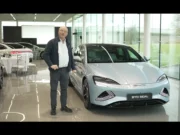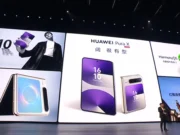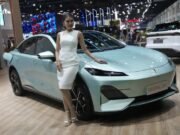Over the past decade, China has transformed itself into the epicenter of the global electric vehicle (EV) revolution. What started as a government-backed push for clean energy and reduced oil dependence has turned into one of the most dynamic and competitive car industries in the world. Today, Chinese EV makers aren’t just competing at home—they’re reshaping the global automotive landscape.
A Market Built on Scale
China is the world’s largest EV market by a wide margin. In 2024 alone, Chinese consumers bought more than 8 million EVs, nearly 60% of all global sales. This scale gives domestic companies enormous advantages: lower costs through mass production, deep supply chain integration, and rapid consumer feedback that accelerates innovation.
The Power of Policy
China’s government has played a decisive role in this boom. For years, generous subsidies, tax breaks, and license plate incentives encouraged adoption. While many of these have been phased out, new regulations—such as stringent emission targets and mandates for EV production—keep the industry moving forward. Local governments also invest heavily in charging networks, ensuring that infrastructure grows alongside demand.
Key Players to Watch
- BYD: Once a battery company, BYD is now the world’s largest EV maker, surpassing Tesla in global sales. Its vertically integrated model—from batteries to vehicles—keeps costs low.
- NIO: Known for premium EVs and its unique battery swapping technology, NIO emphasizes user experience and service.
- XPeng & Li Auto: Both target tech-savvy buyers with advanced driver-assistance features, smart cockpits, and extended range solutions.
- Huawei & Xiaomi: Tech giants are entering the EV arena, blurring the lines between cars and smart devices.
Batteries: China’s Secret Weapon
No EV industry thrives without batteries, and here China dominates. Companies like CATL and BYD lead global production, supplying not only Chinese brands but also Tesla, BMW, and Ford. Innovations such as sodium-ion batteries and blade batteries promise safer, cheaper, and more sustainable options for the future.
Global Expansion
Chinese EV makers are no longer content with domestic success. They are aggressively expanding into Europe, Southeast Asia, the Middle East, and Latin America. BYD recently announced factories in Thailand and Hungary, while NIO has showrooms in Germany, Norway, and beyond. Competitive pricing and cutting-edge tech are helping them win market share abroad.
Challenges Ahead
Despite its momentum, China’s EV industry faces headwinds:
- Overcapacity: Dozens of automakers compete, and not all will survive.
- Trade barriers: The EU and U.S. are investigating Chinese EVs over subsidies and security concerns.
- Brand perception: While admired for value, Chinese cars still face skepticism in some global markets.
The Road Ahead
The Chinese EV industry has already proven it can outpace traditional automakers in speed and scale. The next chapter will be about brand building, global trust, and continued innovation. Whether it’s smart cars powered by AI, affordable EVs for emerging markets, or new energy storage breakthroughs, one thing is clear: the road to the future of mobility increasingly runs through China.
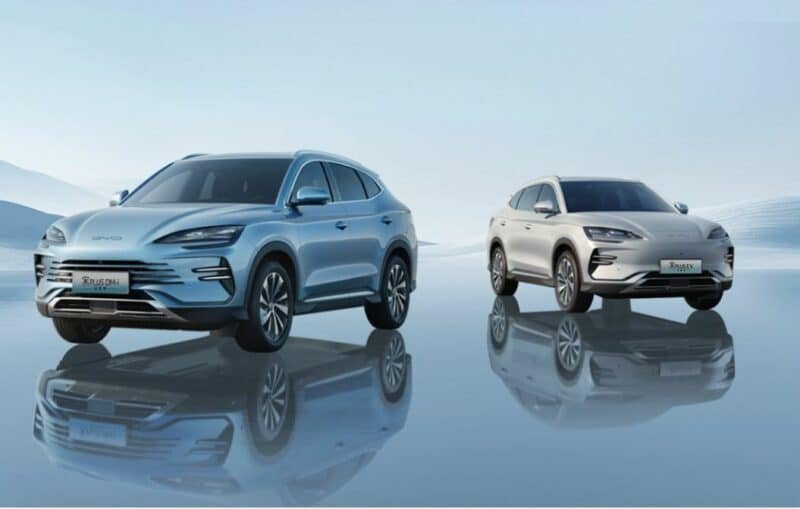
YD: From Batteries to Global EV Dominance
When the history of electric vehicles is written, BYD (Build Your Dreams) will have its own chapter. What began in 1995 as a small battery maker in Shenzhen is now the world’s largest EV manufacturer, outselling Tesla in 2023 and continuing to grow at breakneck speed.
A Battery Maker at Heart
BYD’s origins as a battery supplier gave it a unique advantage: it understood the single most important (and expensive) part of an EV before it ever built a car. Today, BYD not only makes lithium-ion batteries but also pioneers innovations like the Blade Battery, which is thinner, safer, and more energy-dense than traditional packs.
Vertical Integration: The Secret Weapon
Unlike most automakers that rely on suppliers, BYD controls its supply chain from start to finish—batteries, chips, motors, and even semiconductors. This vertical integration lets it cut costs, move quickly, and avoid bottlenecks that slowed down global rivals during the pandemic.
Global Expansion
BYD is not just a Chinese story anymore. It exports to Europe, Southeast Asia, the Middle East, and Latin America. In 2024, it announced a factory in Hungary, making it the first major Chinese EV producer with European production capacity. Its lineup—from the affordable Dolphin to the luxury Yangwang brand—caters to all segments.
The Road Ahead
As BYD grows, it faces challenges: brand recognition in premium markets, trade scrutiny in the West, and increasing competition at home. But with its cost edge and relentless innovation, BYD is likely to remain a global EV powerhouse.
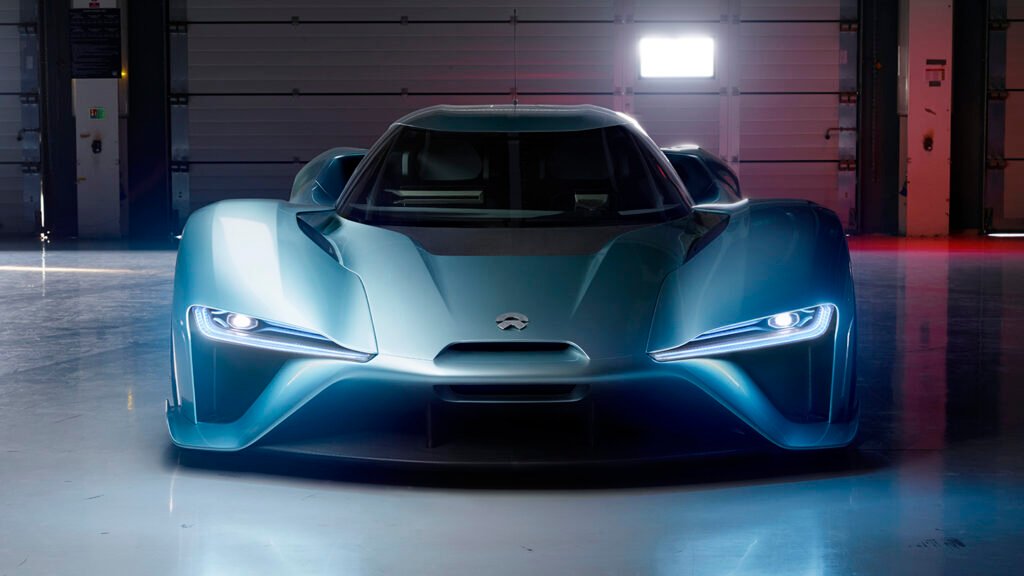
In China’s crowded EV market, NIO stands out not for volume, but for innovation and service. Founded in 2014, NIO has positioned itself as the premium alternative to Tesla—focusing on user experience, luxury design, and unique energy solutions.
Battery Swapping: A Game Changer
While most EV makers invest in fast charging, NIO bet on battery swapping stations. In under five minutes, drivers can replace a depleted battery with a fully charged one. This eliminates range anxiety and keeps drivers on the road. By 2025, NIO plans to operate over 4,000 swap stations worldwide.
User-Centric Innovation
NIO is more than a car company; it’s a lifestyle brand. Its NIO Houses (showrooms mixed with lounges, cafés, and co-working spaces) build community around the brand. Inside its cars, the AI-powered assistant NOMI personalizes the driving experience.
Challenges and Opportunities
Despite its innovations, NIO struggles with profitability and fierce domestic competition. Its expansion into Europe—Norway, Germany, and beyond—will test whether global consumers embrace battery swapping as much as Chinese drivers.
Looking Ahead
If NIO can refine its financial model while scaling battery swapping, it may define the future of premium EV services. In many ways, it’s not just selling cars—it’s reinventing how people own, charge, and interact with their vehicles.
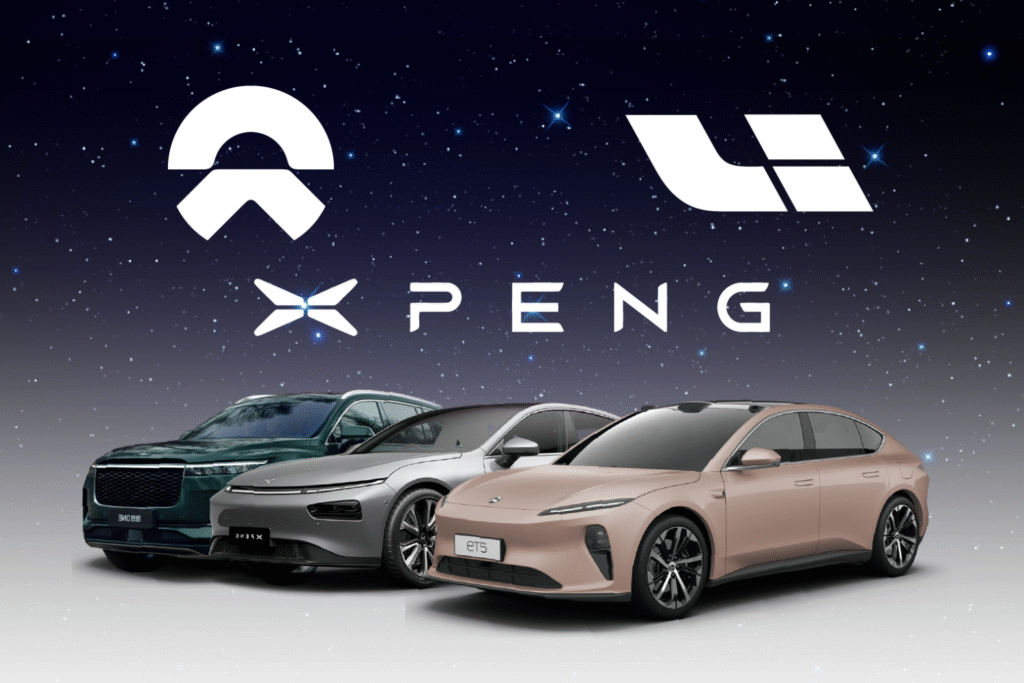
Two of China’s most dynamic EV startups, XPeng and Li Auto, have carved out unique niches by appealing to tech-savvy buyers who want more than just electric mobility.
XPeng: The “Tesla Challenger”
Founded in 2014, XPeng has built a reputation for cutting-edge software and autonomous driving. Its driver-assist system, XNGP, is one of the most advanced in China, rivaling Tesla’s FSD. XPeng also experiments with futuristic mobility solutions, including flying cars.
Li Auto: The Pragmatist
While others chase sleek sedans, Li Auto has focused on large SUVs with range extenders—small gasoline engines that recharge the battery. This hybrid approach eases range anxiety and appeals to family buyers in a country where charging infrastructure is still uneven.
Common Ground: Smart Cockpits
Both XPeng and Li Auto emphasize digital-first design. Their cars feature large touchscreens, AI-powered voice assistants, and over-the-air software updates. For younger, tech-hungry Chinese buyers, cars are as much gadgets as they are vehicles.
The Road Ahead
XPeng faces the challenge of scaling globally, while Li Auto must transition fully to pure EVs to meet long-term regulations. Still, both brands reflect a truth about China’s market: the winners are those who blend technology, practicality, and affordability.

The future of mobility is increasingly digital—and Chinese tech titans Huawei and Xiaomi aren’t about to miss out. Both companies are leveraging their expertise in smartphones and smart ecosystems to make EVs that feel like rolling supercomputers.
Huawei: The “Car Enabler”
Instead of making cars under its own brand, Huawei partners with automakers like Seres and Changan to develop smart EVs under sub-brands like AITO. Huawei provides the brains—HarmonyOS infotainment, autonomous driving software, and telecom hardware—while its partners build the vehicles.
Xiaomi: From Smartphones to Smart Cars
In 2021, Xiaomi announced its entry into EVs with a $10 billion investment. By 2024, its first EV, the Xiaomi SU7, was unveiled—a sleek sedan integrated with the company’s ecosystem of devices. Imagine controlling your home appliances, smartphone, and EV seamlessly in one interface.
Why It Matters
Both Huawei and Xiaomi see EVs as the next frontier for the “smart living ecosystem.” Instead of just competing on horsepower, they’re competing on connectivity, AI, and integration. For consumers, this means cars that are deeply tied to their digital lives.
The Road Ahead
Huawei’s success depends on regulatory stability and trust in its technology abroad, while Xiaomi must prove it can build cars at scale, not just gadgets. But if they succeed, the car of the future may look less like a machine—and more like your smartphone on wheels.
💡 Want to explore more? Visit our homepage for guides, tips, and insights tailored for innovators like you.
🔗 Explore More at Smart Innovate Hub








